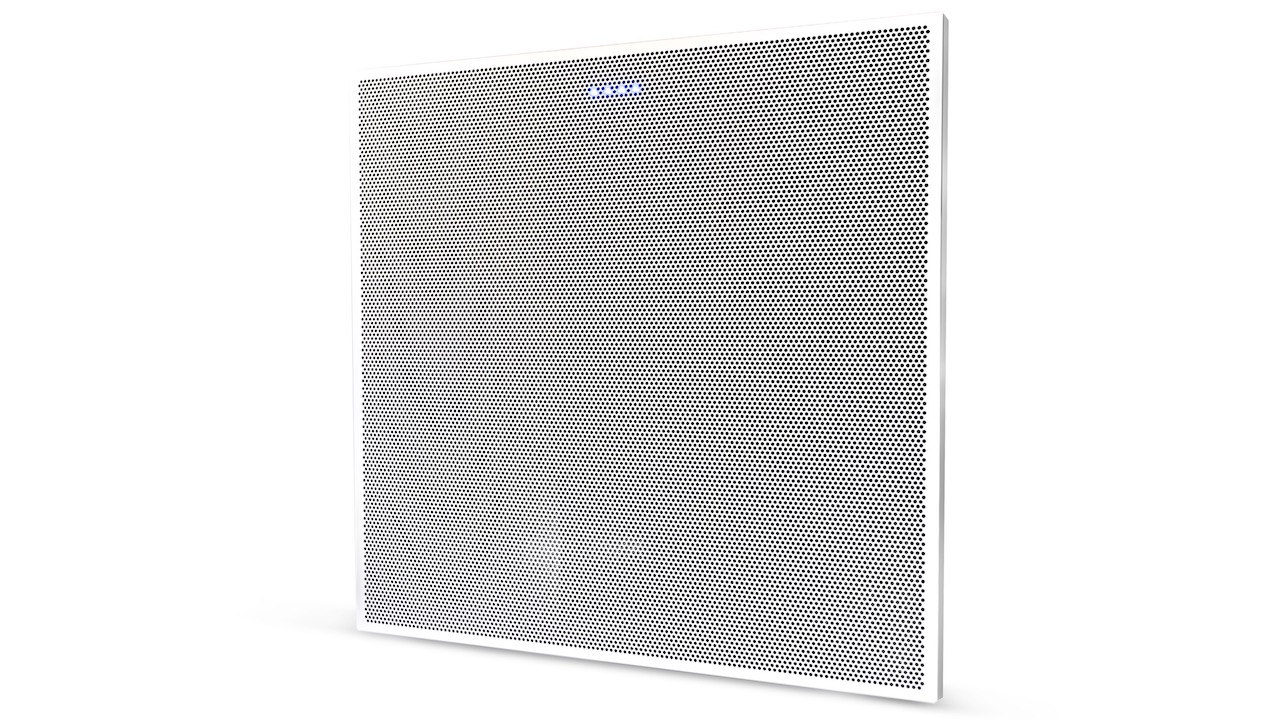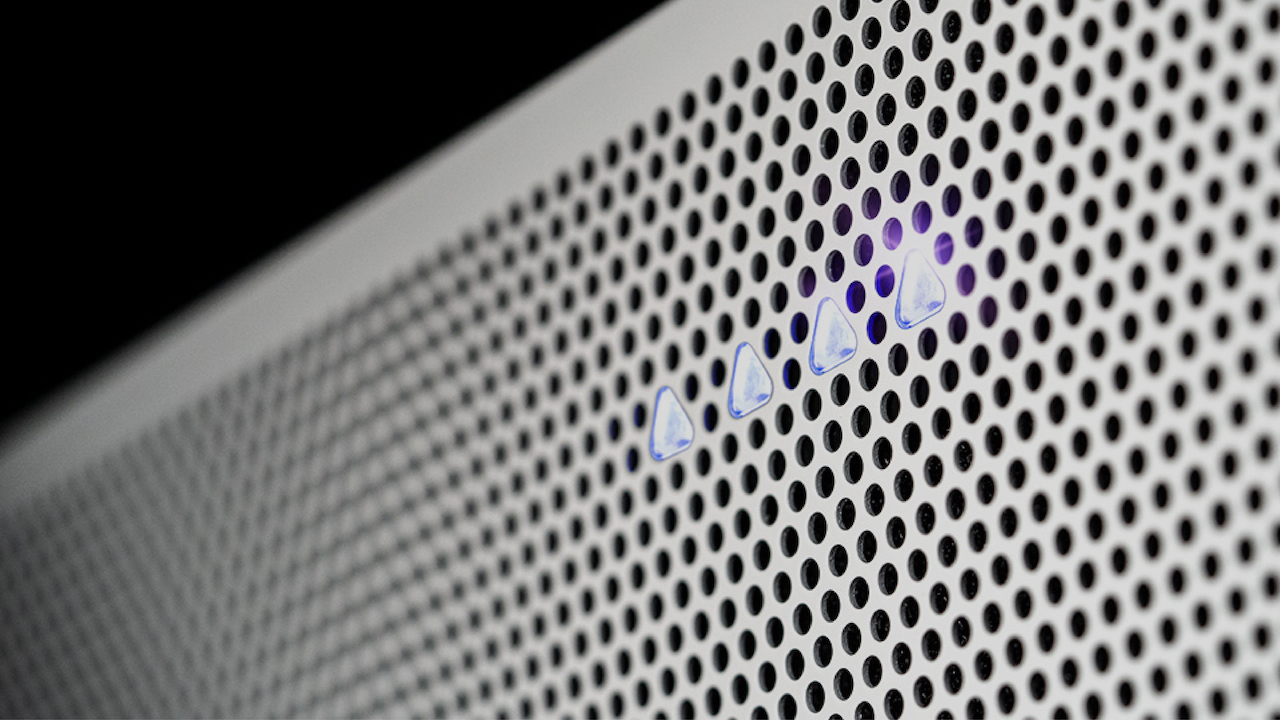As we make our way back into offices and classrooms, one thing is for sure: people won’t be very comfortable touching microphones. Capitalizing on this is ClearOne’s BMA 360 ceiling tile beamforming mic array. Designed to provide uniform gain response across all frequency bands, the solution simplifies audio pickup with precision beamforming, advanced ambient noise rejection, and Voice Lift to enable local participants or the presenter's voice to be heard well not only by the far end, but also in the local room. So, just how well does it perform?
The BMA 360 comes with a built-in amplifier that provides power and can be configured as 4x15 watts or 2x30 watts for driving loudspeakers. Optional accessories for the BMA 360 include a 90-watt PoE power injector kit, brackets that convert 600 to 625mm, and a conduit box. It features Acoustic Echo Cancellation (AEC) that delivers incomparable per-beam full-duplex audio performance and onboard audio algorithms, like noise reduction, filtering, and automatic level control (ALC), which eliminates the need for per-beam processing in a DSP mixer.
Related: Shure Conferencing Audio Ecosystem Review
I was also issued the Converge 2 pro 48VTD, a multi-channel microphone automixer with built-in support for Dante audio networking, VoIP conferencing, a Telco interface, C-Link, and P-Link to facilitate the addition of DSPs and peripherals. It also features built-in USB audio, four mic/line inputs, and eight mic/line outputs. Further, the device can be arranged to connect up to three ceiling tiles via P-Link, which would be well served in divisible rooms or larger conference setups. It offers the ability to add and configure additional mics like handhelds and lavaliers.

Using ClearOne’s software, CONSOLE AI, I could connect to the Converge 2 either locally by USB or via the network. Using this software, you can configure the BMA and the loudspeakers, and any additional microphones. The software also provides different views of the connection diagram, allowing grouping of similar devices. Furthermore, the software will enable you to select settings and make adjustments for multiple room designs, including circular, square, rectangular, or semi-circular classrooms/conference rooms—providing coverage from small (10 foot by 10 foot) rooms up to extra-large (36 foot by 20 foot) spaces with ceiling heights from 7 to 20 feet. You can also set the number of open microphones (NOM). This function, along with all the other ALC and the noise canceller, provided a fantastic experience in my test environment, a smaller conference room with an AC window unit. During the testing period, I joined multiple virtual meetings, and no one could hear the window unit. When I changed the microphone to the built-in mic on the laptop, the reaction was that a whirlwind had entered the meeting.
Overall, the ClearOne BMA 360 ceiling tile beamforming microphone provided a very natural experience. My voice was captured clearly from any location in the room. I found connecting the loudspeakers to BMA 360 and bridging to the Converge 2 Pro very straightforward. The console AI software-rendered options to configure all the inputs and output devices were intuitive, as was the intelligence for microphone gate grouping and gain controls. I appreciated the built-in auditing feature for checking on changes and ensuring that devices are all connected properly, as well as the capacity for making live adjustments for any last-minute troubleshooting. Additionally, the ClearOne support team provided me with the right resources and materials for training, and was responsive to my questions as they arose. I would highly recommend using this product in any space due to its versatility, range, and the added value to more complex systems.
Emil Delgado is the director of client services at St. Peter’s University in Jersey City, NJ.
